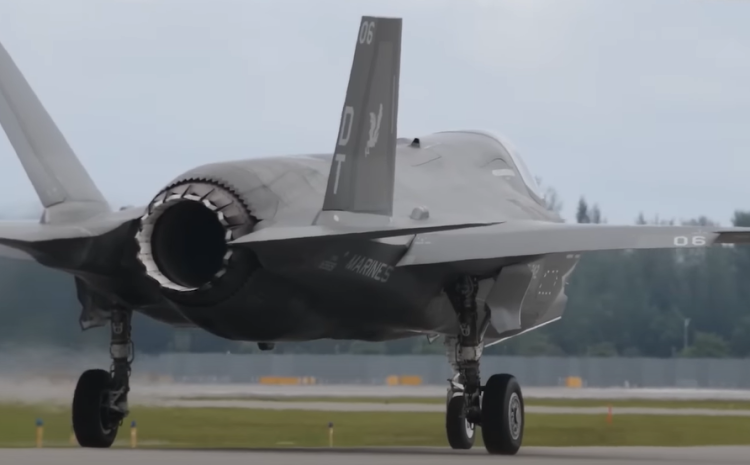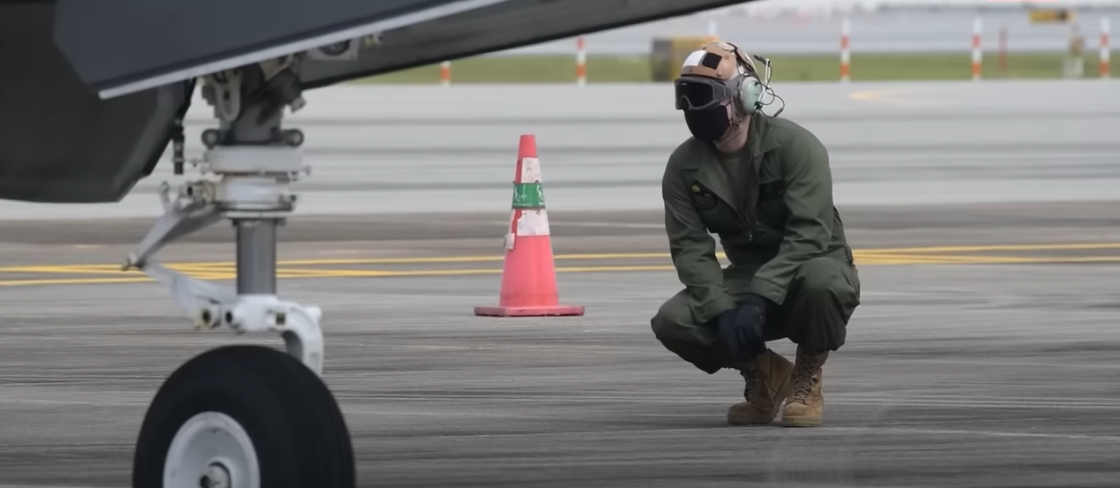The Ultimate Speed of the F-35: Pushing the Limits

A beacon of modern aviation engineering, the F-35 Lightning II represents the pinnacle of design, technology, and performance. Born from the collaborative effort led by the American company Lockheed Martin and several international partners, this fifth-generation combat aircraft has been serving air forces around the globe since its introduction in July 2015.
Arguably one of the most essential aspects defining the performance of a fighter jet is its speed. Let’s dive deep into the fascinating world of the F-35 and examine the factors influencing its top speed.
Detailed Specifications of the F-35 Variants
The F-35 is produced in three primary variants: F-35A CTOL (Conventional Takeoff and Landing), F-35B STOVL (Short Take-off and Vertical-landing), and F-35C CV (Carrier Variant). Each variant offers unique features and capabilities to serve the specific needs of various armed forces, yet they share a similar top speed.
F-35A CTOL
The conventional variant of the F-35, the F-35A, is primarily used by the United States Air Force and other international air forces. It’s designed for traditional runways, with the following specifications:
| Parameter | Value |
|---|---|
| Maximum Speed | Mach 1.6 |
| Range | 1,200 nautical miles |
| Combat Radius | 669 nautical miles |
| Engine | Pratt & Whitney F135-PW-100 |
| Maximum Thrust | 43,000 lbs |
| Takeoff Distance | 1,700 feet (runway length) |
F-35B STOVL
The F-35B, mainly used by the U.S. Marine Corps, is capable of short take-offs and vertical landings, allowing it to operate from a variety of platforms, including amphibious ships. Its specifications include:
| Parameter | Value |
|---|---|
| Maximum Speed | Mach 1.6 |
| Range | 900 nautical miles on internal fuel |
| Combat Radius | 505 nautical miles on internal fuel |
| Engine | Pratt & Whitney F135-PW-600 with Rolls-Royce LiftSystem |
| Maximum Thrust | 41,000 lbs (lift fan thrust of 18,000 lbs) |
| Takeoff Distance | 550 feet (short takeoff) |
F-35C CV
The F-35C, used by the U.S. Navy, is built to endure the rigorous demands of aircraft carrier operations. Its specifications are:
| Parameter | Value |
|---|---|
| Maximum Speed | Mach 1.6 |
| Range | 1,200 nautical miles on internal fuel |
| Combat Radius | 670 nautical miles on internal fuel |
| Engine | Pratt & Whitney F135-PW-100 |
| Maximum Thrust | 43,000 lbs |
| Takeoff Distance | 300 feet (catapult-assisted) |
Elements Influencing the F-35’s Top Speed

Several factors significantly influence the F-35’s speed capabilities, including its engine, aerodynamic design, and operational weight.
Propulsion System
The F-35’s speed is heavily dependent on its engine, which is one of the most advanced pieces of technology present in the aircraft. The Pratt & Whitney F135 engine, used across all F-35 variants, is a single-engine afterburning turbofan that can generate 28,000 pounds of dry thrust and up to 43,000 pounds of thrust with afterburner, providing the F-35 with substantial propulsion to achieve Mach 1.6.
The engine features advanced turbine materials and cooling techniques to withstand high operating temperatures, and it uses advanced fan blade design to increase the air intake, thereby increasing the thrust.
Aerodynamics and Stealth Design
The F-35’s speed is also influenced by its aerodynamic design. The aircraft features a low-drag, streamlined design that is complemented by a stealthy low-radar signature. The aim is to optimize speed while ensuring low detectability.
The aircraft’s fuselage and wing layout are designed for low radar cross-section, primarily achieved through the use of radar-absorbent materials and the alignment of edges. These aspects reduce aerodynamic drag and enable the F-35 to maintain high speeds.
The F-35 also reduces drag by using an internal weapons bay, eliminating the need to carry weapons externally. This also enhances the stealth profile of the aircraft as external weapons could increase the radar cross-section.
Weight and Load
Aircraft weight plays a crucial role in determining its top speed. The heavier the aircraft, the more thrust it needs to achieve the same speed as a lighter aircraft. The F-35’s weight varies depending on the variant and its payload. The basic empty weight of the aircraft ranges from approximately 29,300 lbs for the F-35A to 34,800 lbs for the F-35C.
As for the payload, when the aircraft carries a full load of internal fuel and weapons, it increases in weight, thereby reducing its maximum speed. However, the F-35’s design focuses on carrying weapons and fuel internally to reduce drag and maintain stealth, enabling it to reach high speeds despite a full load.
Comparing F-35’s Speed to Other Fighter Aircraft

While speed is crucial, the F-35’s prime advantage lies in its combination of stealth technology, advanced sensors, and data fusion capabilities. When compared to other aircraft:
| Fighter Jet | Generation | Top Speed (Mach) | Main Role | Stealth & Sensor Capabilities |
|---|---|---|---|---|
| F-16 Fighting Falcon | 4th | Mach 2.0 | Multirole | Lacks advanced stealth and sensor capabilities |
| F-22 Raptor | 5th | Mach 2.25 | Air superiority | Has advanced stealth but not as versatile |
| F-35 Lightning II | 5th | Undisclosed | Multirole | Advanced stealth and sensor capabilities |
| Su-57 Felon | 5th | Mach 2.0 | Multirole | Faster but less advanced stealth & sensors |
| Eurofighter Typhoon | 4.5 | Mach 2.0 | Multirole | Lacks advanced stealth and sensor technology |
While the F-35 may not be the fastest aircraft, it is designed to outperform in terms of stealth, sensor capabilities, and network-enabled operations. These make it more than a match for any current or projected adversary.
Conclusion
The F-35’s top speed is the result of advanced engineering, careful design, and a fine balance of various operational needs. While it may not hold the title of the fastest fighter jet, it exemplifies a well-rounded package of stealth, speed, sensor fusion, and network-centric operations. This balance allows the F-35 to maintain an advantageous position in modern warfare, ensuring its place as a cornerstone of many nations’ defense strategies.
FAQ
The top speed of the F-35, irrespective of its variant, is approximately Mach 1.6.
All F-35 variants are powered by the Pratt & Whitney F135 engine, an afterburning turbofan that provides substantial thrust.
Increased weight, such as additional payload, generally reduces the aircraft’s top speed due to increased drag and the need for more thrust.
The F-35’s fusion of stealth technology, advanced sensors, data linking capabilities, and overall design make it a formidable multirole fighter, despite not having the highest top speed.